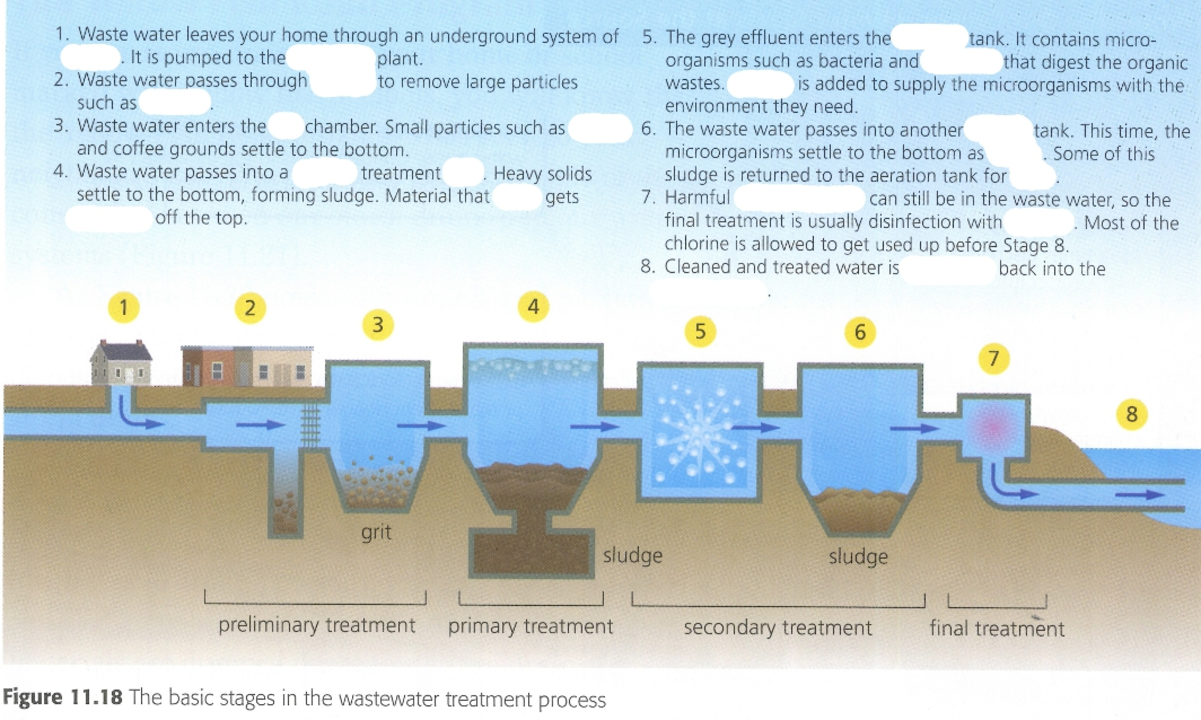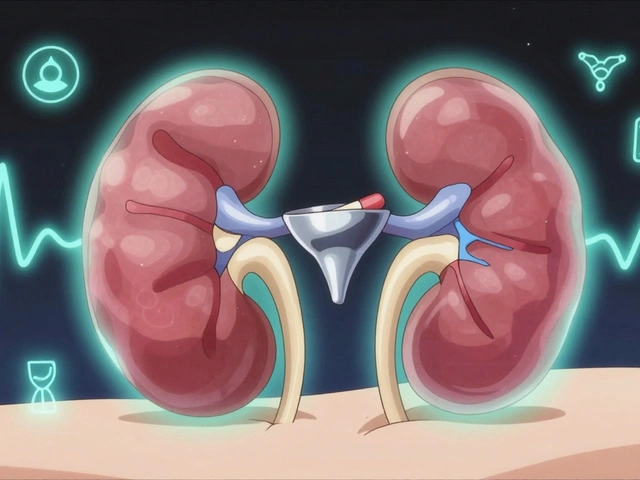Environment and Technology: Clean water, smarter tech, real wins
Want cleaner water without nasty leftovers? New mixes of chemistry and simple tech upgrades are cutting pollution and costs at wastewater plants. One clear example is magnesium hydroxide — a mild base that neutralizes acidity, lowers sludge problems, and is easier to handle than strong caustics. That makes it a practical tool for facilities that want real environmental improvements without massive upheaval.
Magnesium hydroxide raises pH gently and buffers swings, which steadies biological treatment steps and helps contaminants settle more predictably. Unlike quick-acting strong alkalis, it’s less corrosive to pipes and tanks and reduces the chance of hazardous reaction byproducts. Plants that switch often see easier handling, fewer safety incidents, and a drop in troublesome sludge that drives disposal costs.
How to try it without disrupting operations? Run a short pilot on one stream. Use a proper slurry feed system matched to the product concentration, monitor pH continuously, and log sludge volume, dewatering time, and polymer use. If polymer demand falls or dewatering improves, that’s a strong sign the change is paying off. Vendors usually help size pumps and give application tips — take that help.
Pair chemistry with simple tech tools
Sensors, basic automation, and remote alerts make chemistry upgrades reliable. Real-time pH probes and turbidity meters let you dose only when needed, saving chemical costs. Flow-proportional dosing avoids overcorrection during spikes. Adding a few alarms to your SCADA system prevents costly upsets and shows performance gains in real numbers.
Operational details matter: store magnesium hydroxide slurry in compatible tanks, check for settling and mix regularly, and train operators on pump calibration. Temperature affects solubility, so winter checks are sensible in cold climates. Also verify that the new chemistry plays well with your existing flocculants and dewatering equipment — a quick lab jar test can prevent surprises.
Actionable steps for plants, cities, and businesses
Start with a checklist: identify acidic discharges, measure current sludge disposal costs, and pick a short trial location. Ask suppliers for references and written dosing recommendations. Compare life-cycle costs — chemical price, handling needs, PPE, and disposal fees — not just sticker price. Offer one training session for operators and one follow-up review after the pilot run.
For community leaders and residents, push for pilots and transparent reporting. Small trials with clear metrics prove whether greener chemistry and basic automation deliver results. Real change comes from measurable pilots, straightforward monitoring, and sensible rollout plans — not from guesses or one-off fixes. If you want to reduce risk, lower costs, and make water treatment cleaner, start with a targeted trial and the right sensors.
The environmental benefits of using magnesium hydroxide in wastewater treatment
As a concerned citizen, I've recently been researching the environmental benefits of using magnesium hydroxide in wastewater treatment. I've discovered that it's an eco-friendly alternative to traditional chemicals, as it helps to neutralize acidity and remove harmful contaminants. What's more, magnesium hydroxide doesn't produce any hazardous byproducts, making it a safer choice for both our planet and our health. Its use also reduces the formation of sludge, which in turn lowers disposal costs and lessens the environmental impact. Overall, embracing magnesium hydroxide in wastewater treatment is a smart move towards a cleaner, greener future for all of us.






